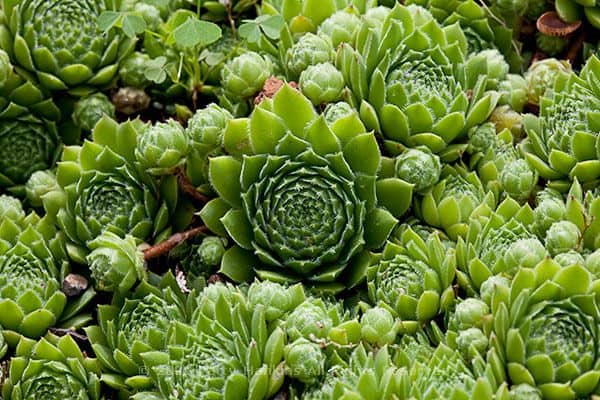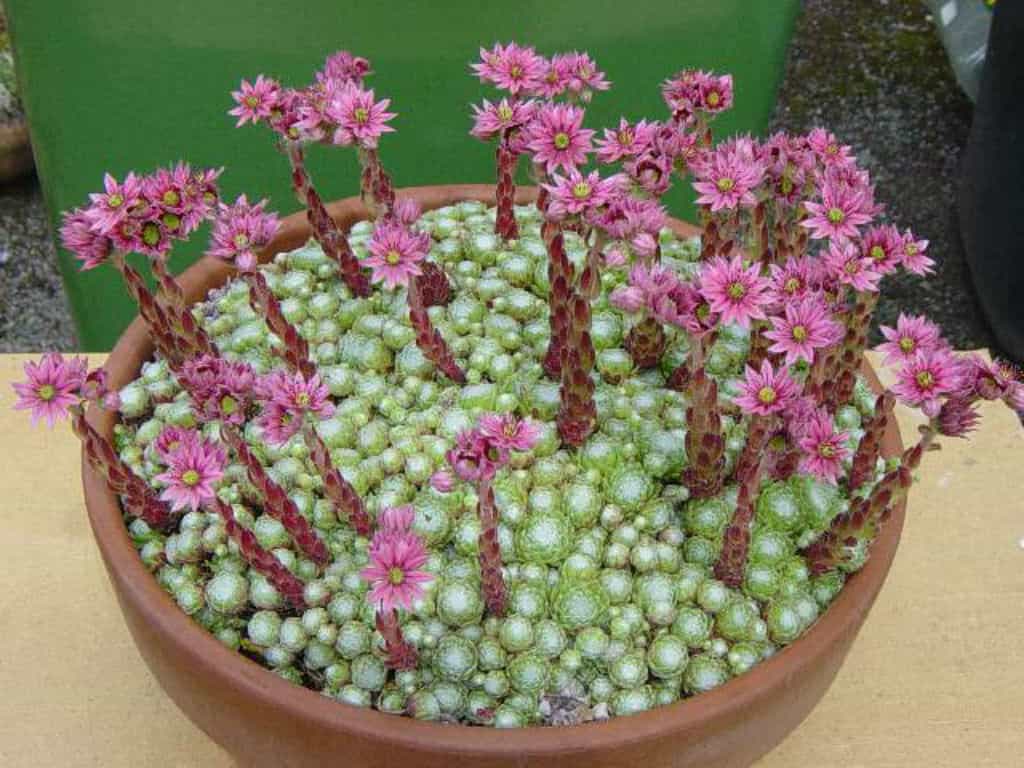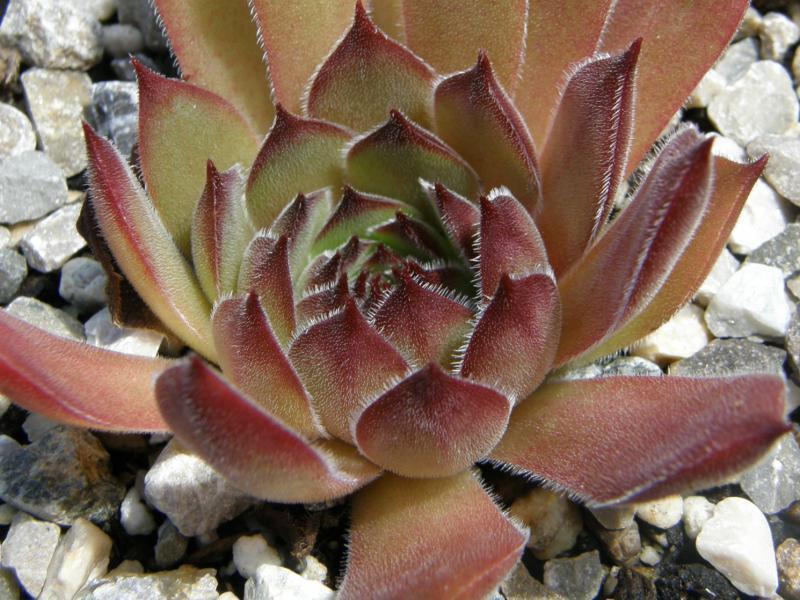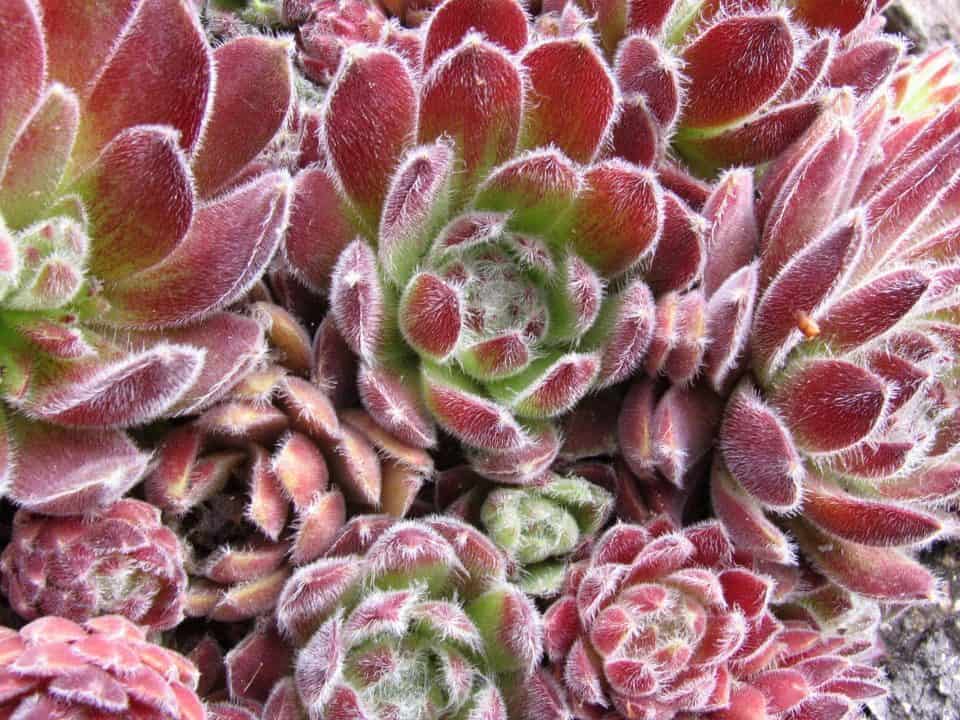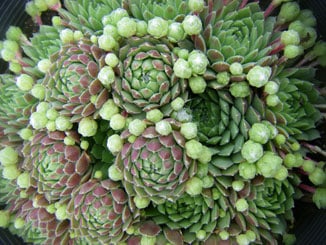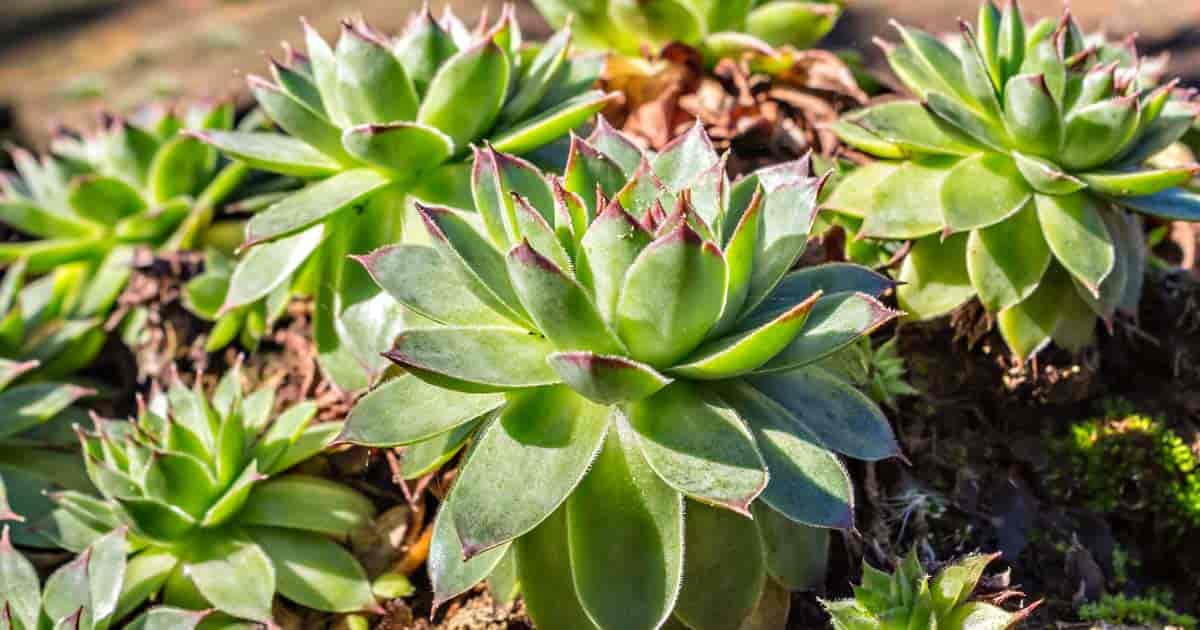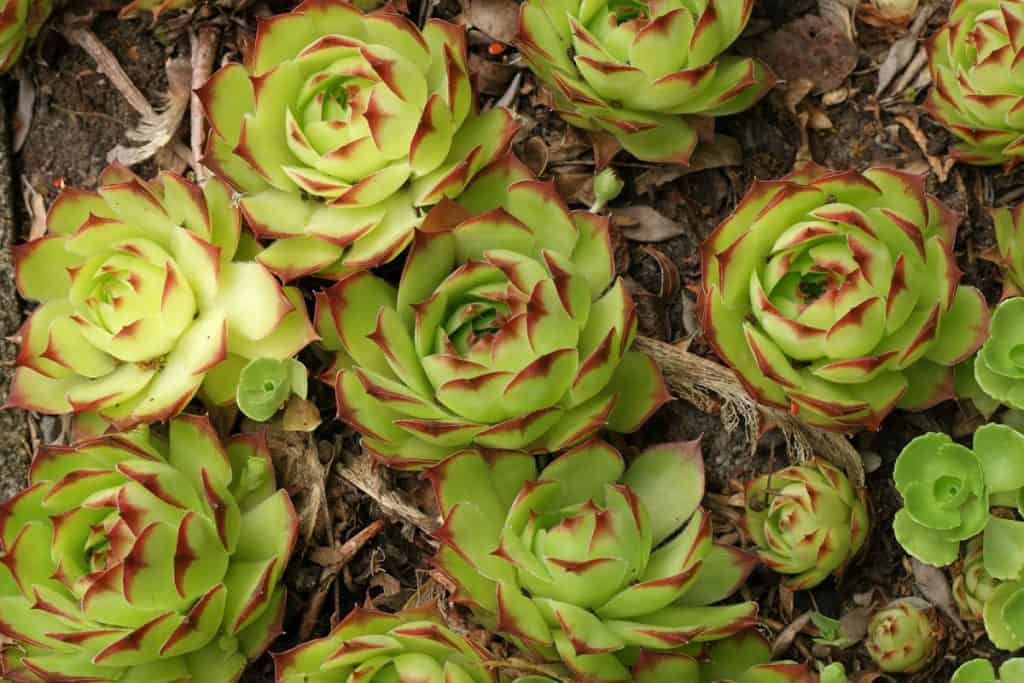Sempervivum braunii, more commonly known as Hen and Chicks, are the perfect succulent plant for those who love houseplants but don’t have much time to spend caring for them. The plant itself can be easily propagated from cuttings, and it doesn’t require much maintenance or special conditions to thrive indoors.
Hen and Chicks, also known as Sempervivum Braunii, are rosette-forming succulents that have become very popular in the plant world over the last few years due to their bright colors and adorable appearance. While these sempervivum types are usually relatively low maintenance and easy to care for, they can be somewhat difficult to take care of if you don’t know what you’re doing.
Sempervivum braunii are an easy succulent to grow indoors or out. In fact, these tiny succulents can be propagated by simply breaking off part of the mother plant and setting it in your garden or in a pot filled with soil.
This guide will tell you everything you need to know about sempervivum braunii care, as well as tips on how to propagate new plants from your original set of hen and chicks plants.
Origin and distribution
Sempervivum braunii is a small genus of perennial succulent plants. The name Sempervivum comes from Latin, meaning “live always” or “everlasting”. Sempervivums are commonly known as hens-and-chicks, hen-and-chickens, or houseleeks.
They usually reproduce by offset rather than seeds. Offsets are a clump of many rosettes that, in some varieties, can be separated from the mother plant to start new plants. In addition to being propagated by offsets, Sempervivums braunii plants are also propagated by leaf cuttings. This process involves removing a leaf from an adult plant and allowing it to callous over before planting it in soil.
Sempervivum braunii propagation
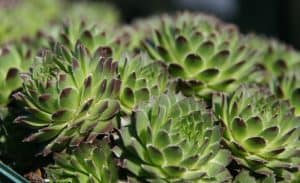
The easiest way to propagate sempervivum braunii is by division. Most species can be divided in spring or autumn, when they are dormant. Before dividing, remove dead leaves and damaged roots. Cut plants into pieces with a piece of root attached to each piece of plant.
Divide any crowded clumps and replant immediately in clean pots filled with potting mix. For best results, treat new plants with an all-purpose fertilizer or a half-strength solution of 20-20-20 to help them become established quickly.
This sempervivum cultivar should be kept moist but not soggy until they have rooted. A layer of gravel on top of the soil will help prevent water from collecting around the crowns and rotting them. Sempervivum braunii require little care once planted; however, do not overwater or allow plants to dry out completely.
Mist lightly every few days if necessary during hot weather. After one year, you may begin to fertilize your sempervivums monthly using a balanced liquid fertilizer diluted according to package directions. Fertilizing too often may cause leggy growth and poor flowering. When grown indoors, sempervivum braunii needs at least six hours of sunlight per day.
Sempervivum braunii care information
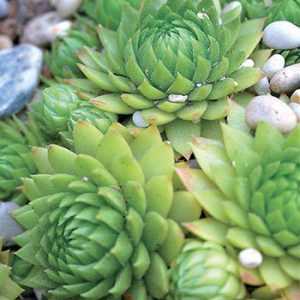
Sempervivum braunii care starts with well-draining soil that has ample organic material but has good drainage for water to run through. Use a cactus mix or add sand to regular potting soil. If you are planning on growing Sempervivum in pots, it is important to note that these succulents don’t like excessive water or sitting in water.
Make sure to allow excess water to drain from your pots before placing them back into their location. You can also use an indoor/outdoor carpet if you have problems with excess moisture in your area.
The best time of the year to plant your Sempervivum braunii is in the fall after all danger of frost has passed; however, they can be planted at any time of the year as long as there isn’t a chance of frost.
Light requirement
Sempervivum braunii can handle full sun to partial shade. Partial shade is ideal for a more vibrant color in your plants, though. The long-lasting flowers on Sempervivum will grow in a range of temperatures—but don’t let them freeze! They prefer temperatures between 35-65 degrees Fahrenheit. These succulents are also drought-tolerant once established.
Soil/potting mix
Sempervivum thrives in sandy, gritty soil. If you’re using a potting mix, a good way to improve its drainage is to add coarse sand or perlite. This will help your plant avoid root rot, but won’t require that you repot too often. Semps also do well in cactus mixes – or even pure sphagnum moss – but be sure to keep these pots well-drained so as not to cause them any problems.
Watering
Sempervivums do best when they’re kept slightly on the dry side during summer, but should never be allowed to completely dry out. It’s easiest to water them once a week, especially if you live in an area with less than 40% humidity.
It’s good to give them a shallow watering first thing in the morning or last thing at night so that their leaves don’t get wet from dew. If your plants are potted, use room temperature water; cold water can shock them into thinking it’s winter. If your plants are in-ground, wait until rain is expected and then pour some over them.
Fertilizer
Fertilizing sempervivums too much can cause them to grow into unattractive, stunted plants. Don’t add any fertilizer to your plants until their leaves have shriveled up a bit in late summer. At that point, you should be able to recognize if a plant needs more fertilizer.
Temperature
Sempervivum braunii like cool weather. The ideal temperature for growing sempervivums is in full sun at around 55 degrees Fahrenheit during spring, summer, and fall. Provide partial shade with protection from intense sunlight during winter in areas that get heavy snowfall. In humid climates, grow sempervivums indoors as houseplants to prevent fungal infections that can damage leaves.
Humidity
If you live in a dry area, keep sempervivums in a terrarium or other container where they’ll get additional humidity. You can also place them on top of pebbles or gravel that are kept damp at all times. Too much humidity, however, is bad for them: If your household is too hot and humid during the summer months, be sure to provide these succulents with more ventilation and avoid watering until night when it’s cooler outside.
The ideal humidity range is between 40% and 60%. When you water, allow excess water to drain out of their containers. This will prevent root rot.
Pruning
Sempervivum braunii are generally considered to be one of those succulents that rarely need pruning, but they do sometimes grow long stems that become weighed down by water.
If your Semps are growing very long leaves at their base (more than a couple of inches), you may want to trim them back. Keep in mind that once you cut a stem, it’s cut forever – so trim just a little bit off your plant at first until you learn how far is too far for your particular variety.
When to repot
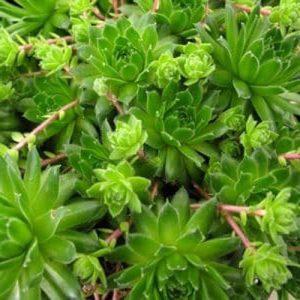
If your Hen and Chicks are growing well, they probably don’t need repotting. But if you notice them starting to get root-bound—or if new growth begins to slow down, it’s time to repot. If you’re just starting with Sempervivum, repot as soon as you buy them, putting them in a slightly larger pot than they came in. This will give your succulents room to grow while preventing any awkward collisions with adjacent pots.
Dormancy
If you keep your semps dry, they will go dormant in the winter. They may shrivel up like a raisin. This is normal, though they may look dead. Give them a good soaking and they will bounce back to life just fine, next spring. If you have several pots of sempervivums going into the winter, cut off some roots to make sure all plants are approximately the same size. Put them in a brown paper bag with moist peat moss for storage until spring.
Sempervivum braunii flower & fragrance
Typically, Sempervivum braunii are small, daisy-like flowers in colors of yellow, white, pink, or a blend of these colors. However, they can be found in a large variety of colors including reds and purples. Since Sempervivum braunii does not produce an actual flower with petals per se, it is often called hen and chicks because it looks like small plants huddling together for protection.
Growth rate
Sempervivum braunii grows quickly, especially in full sun. They usually reach full size within a year or two.
Toxicity
This plant is considered mildly toxic if ingested in large amounts. It can cause irritation to mucous membranes in the mouth, throat, and esophagus. However, human ingestion of Sempervivum usually does not result in severe symptoms.
Certain reports suggest that when consumed in large quantities for an extended period of time; it may cause edema on the lips and tongue, diarrhea or constipation, weak pulse, and collapse. Symptoms may occur 2 t5 8 hours after ingestion of Hen and Chicks.
USDA hardiness zones
Sempervivum braunii grows well in USDA hardiness zones 4-8. It can be planted outside year-round, but it will go dormant during the winter months. These succulents are generally easy to grow, though they do require some special care.
Pests and diseases
One of the first things to remember about Sempervivum braunii is that it’s a succulent plant. That means, it’s prone to pest and disease issues. If you see your plants showing signs of illness or damage, they will likely benefit from being treated with a fungicide solution.
Start by removing any leaves that have been damaged; these should be discarded in order to prevent the spreading of harmful bacteria or fungus spores. Next, treat your plants with an anti-fungal spray designed for succulents and cacti. Be sure to follow all instructions on product labels carefully.
Conclusion
As spring approaches, sempervivum braunii is one of my favorite plants to see at nurseries. They are amazing little succulents that come in a variety of shapes, sizes, and colors. The amazing thing about these plants is how easy they are to propagate from just one leaf or cluster.
I suggest taking a few minutes to check out your local nursery for Sempervivum braunii hen & chicks. If you don’t see them yet you can ask them to order some for you!
